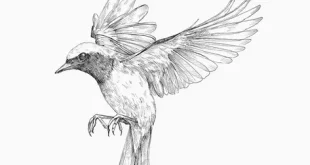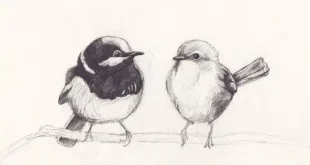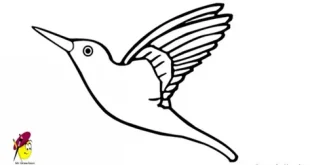Graceful Swans: Symbols of Elegance and Purity
Beautiful Swan are among the most captivating and graceful water birds in the world. Known for their majestic appearance, long curved necks, and snow-white feathers, swans symbolize beauty, love, and purity across cultures. Belonging to the genus Cygnus, these large waterfowl are related to geese and ducks but stand out for their elegant charm and serene behavior. Found across Europe, Asia, Australia, and the Americas, swans inhabit lakes, rivers, ponds, and wetlands, adding natural beauty wherever they live.
1. Physical Elegance and Unique Features
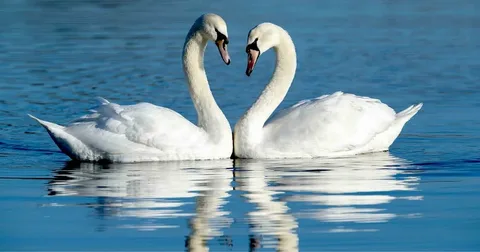
Beautiful Swan are among the largest flying birds, with some species reaching up to 1.5 meters (5 feet) in length and weighing nearly 15 kilograms. Their long, gracefully arched necks and silky plumage make them one of the most enchanting creatures in the avian world.
- Feather Colors: While most swans are pure white, some species, like the Black Swan of Australia and the Black-necked Swan of South America, showcase unique contrasting patterns.
- Powerful Wings: Swans have a wingspan of up to 3 meters (10 feet), allowing them to fly great distances despite their heavy bodies.
- Strong Beaks and Webbed Feet: Their orange, black, or red beaks are perfect for foraging, while their webbed feet make them excellent swimmers.
- Gentle Calls and Hissing: Some species, like the Mute Swan, are almost silent, while others, such as the Whooper Swan and Trumpeter Swan, produce distinctive trumpeting calls.
2. Habitat and Global Distribution Beautiful Swan
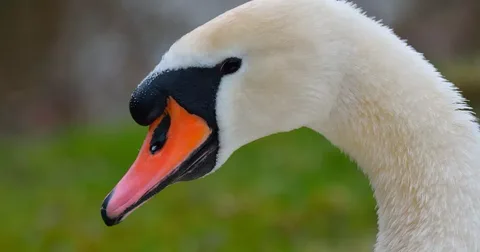
Swans are highly adaptable birds, thriving in temperate regions around the world. They prefer freshwater habitats but can also survive in coastal estuaries and brackish wetlands.
- North America: The Trumpeter Swan and Tundra Swan dominate the wetlands of Canada and the United States.
- South America: The Black-necked Swan thrives in Argentina, Chile, and southern Brazil.
Swans often choose calm, shallow waters with abundant aquatic vegetation, which forms a major part of their diet. These locations also provide safe nesting grounds, protecting their young from predators.
3. Diet and Feeding Habits Beautiful Swan
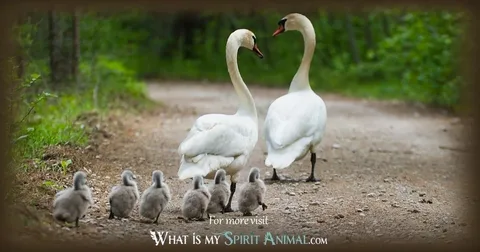
Their diet largely depends on their habitat:
- Aquatic Vegetation: Swans feed on algae, pondweeds, water lilies, and submerged grasses.
- Land-based Foods: Onshore, they graze on grasses, grains, and young shoots.
- Occasional Animal Protein: They sometimes eat insects, tiny crustaceans, and small fish fry for added nutrition.
. Their webbed feet help them paddle effortlessly while feeding, and their strong beaks allow them to tear tough vegetation.
4. Breeding, Mating, and Parenting Beautiful Swan
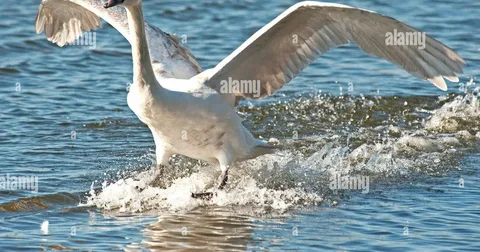
Swans are famous for their lifelong monogamy, forming strong pair bonds that often last until death. Their courtship rituals are elegant and poetic, involving synchronized swimming, gentle head movements, and soft calls.
- Nesting Habits: Swans build large nests using reeds, grasses, and leaves, usually near the water’s edge.
- Egg Laying: Females lay 4 to 7 eggs per season, which are incubated primarily by the female for about 35 to 40 days.
- Parental Care: Both parents protect and guide their cygnets (baby swans) until they learn to swim, feed, and eventually fly.
- Family Bonds: Cygnets remain close to their parents for several months, benefiting from constant protection and teaching.
This devotion to family life has made swans a universal symbol of love, loyalty, and fidelity.
5. Cultural, Ecological, and Symbolic Importance Beautiful Swan
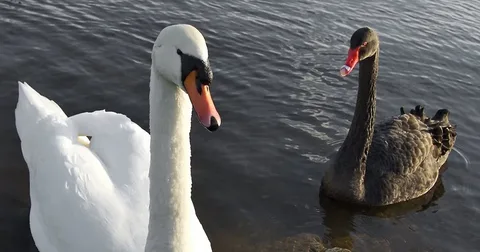
Swans have fascinated poets, artists, and cultures for centuries. In literature and mythology, they often represent grace, purity, and transformation—as seen in legends like Swan Lake and the Greek tale of Leda and the Swan.
- Cultural Symbolism: Swans embody eternal love and are frequently used in wedding themes and romantic art.
- Ecological Role: By feeding on aquatic vegetation, swans help maintain wetland ecosystems and control plant overgrowth.
- Conservation Status: While some species, like the Mute Swan, are thriving, others, such as the Trumpeter Swan, were once endangered due to hunting but have since recovered through conservation efforts.
Their deep cultural ties and ecological role make swans one of the most cherished water birds worldwide.
Conclusion
The beautiful swan is a timeless symbol of elegance and purity, admired for its majestic presence, loyal nature, and ecological importance. Whether gliding gracefully across a serene lake or starring in ancient folklore, swans continue to inspire awe and admiration. By protecting their natural habitats, we ensure that these magnificent creatures remain a living emblem of beauty and harmony for generations to come.
–
 Birds Drawing Birds Drawing
Birds Drawing Birds Drawing

